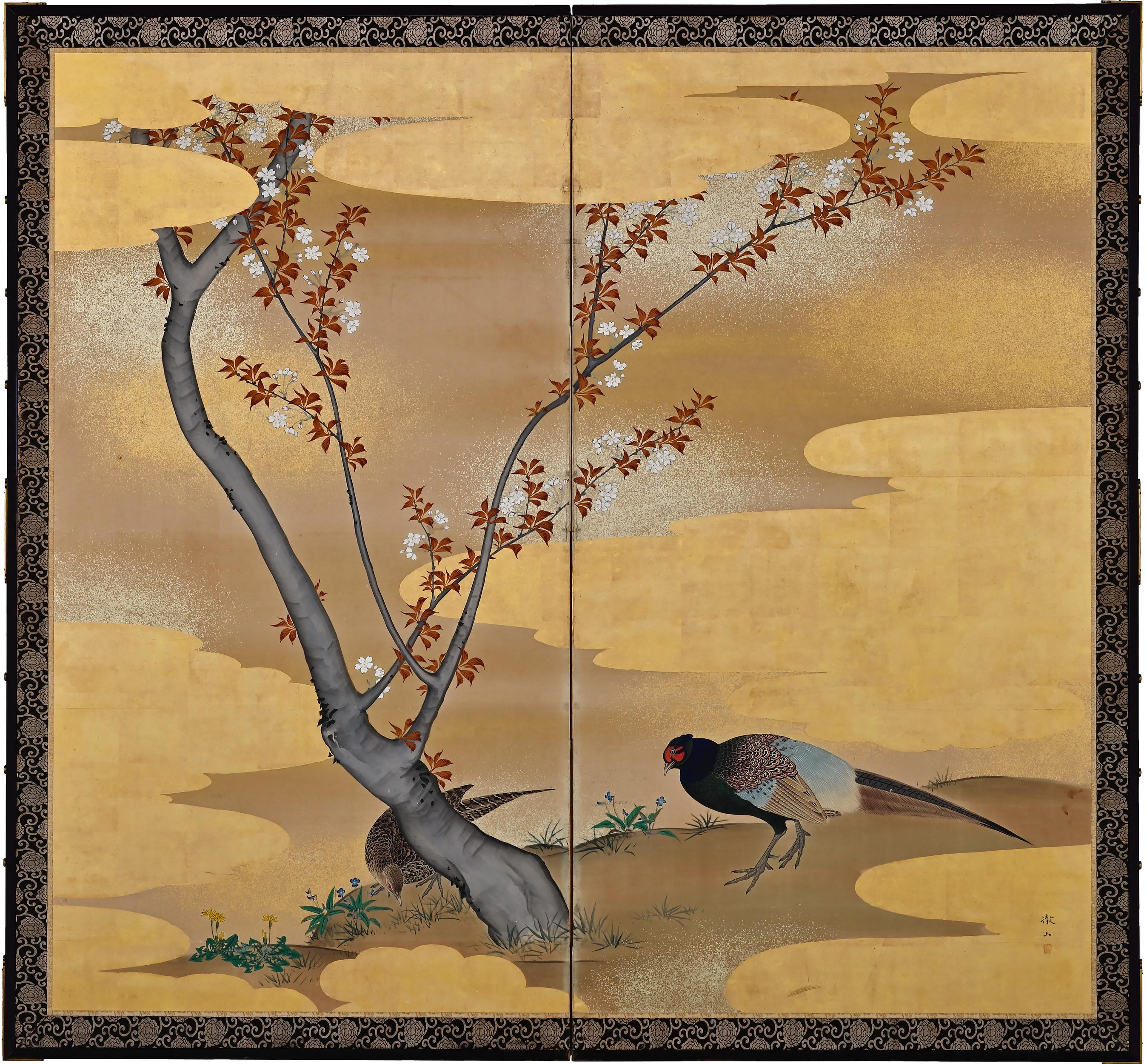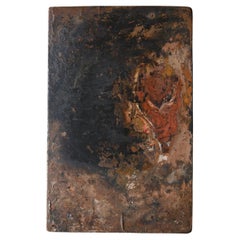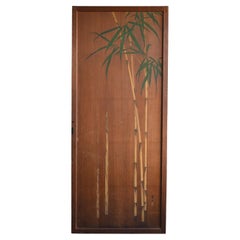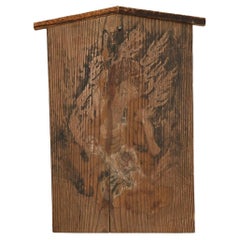Questions & Answers
Our trusted network of 1stDibs sellers answer common questions
How can you tell if art is Japanese or Chinese?
1 Answer

To tell if art is Japanese or Chinese, study the piece's characteristics. With paintings, Chinese artists often use more color and tend to fill their entire canvases, while Japanese artists often include more negative space and choose subtler colors. There are also differences between the brushstrokes typical of traditional Chinese and Japanese art. In Japanese paintings, brushstrokes are often short and sharp. On the other hand, Chinese paintings often display longer, more fluid brushstrokes. Learning about the defining features of various art forms and periods and looking at examples of pieces made by Japanese and Chinese artists can help you learn to spot subtle differences. Explore a diverse assortment of Japanese and Chinese art on 1stDibs.
1stDibs ExpertOctober 15, 2024
Related Questions
- How can I tell the difference between Chinese and Japanese cloisonné?1 Answer
- How can I tell if my Japanese pottery is antique?1 Answer
- How can you tell if Japanese pearls are real?1 Answer
- How can I tell if my Chinese furniture is antique?1 Answer
- Is Buddha Chinese or Japanese?2 Answers
Shop for Japanese Paintings on 1stDibs
Wooden work board of an old Japanese lacquerware craftsman/wall hanging object
Located in Sammu-shi, Chiba
This is a workbench used by a lacquerware craftsman around the Showa era. Originally, it was a workbench with drawers, but the drawer portion has been lost, leaving only the top boar...
Category
20th Century Japanese Showa Paintings
Materials
Wood
Wooden door with old Japanese bamboo painting/Wall hanging painting/Wooden door
Located in Sammu-shi, Chiba
This is a one-panel wooden door made in Japan around the 20th century. The material used is presumed to be Japanese cypress or Japanese cedar, and the delicately straight grain of th...
Category
20th Century Japanese Taisho Paintings
Materials
Cedar
Antique woodblock painting of a Myo-o king/Edo period painting/wall decoration
Located in Sammu-shi, Chiba
This is a Buddhist painting on board, estimated to have been painted around the Edo period (1603-1868). The plate depicts a Myoo image similar to Zao Gongen or Fudo Myoo, with his ri...
Category
Antique 18th Century Japanese Edo Paintings
Materials
Cedar
Early 20th Century Japanese Cherry Blossom Screen by Kano Sanrakuki
Located in Kyoto, JP
Cherry Blossoms
Kano Sanrakuki (1898-1981)
Showa period, circa 1930
2-panel Japanese Screen
Color, gofun and gold leaf on paper
Against a backdrop of gold-leafed ground, the lichen covered trunk and branches of the life-sized cherry blossom tree reach out and beyond the confines of the pictorial surface. The overall composition has a feeling of flatness which draws emphasis to the surface and the three-dimensionality of the cherry blossoms. Painstakingly built-up layers of thickly applied shell-white gofun detail the voluminous blossoms and cover large areas of this tour-de-force of Japanese Nihonga painting. By simplifying the background, minimizing the number of colors and depicting the blossoms with such heavy relief, the artist has emphasized the stunning presence of the cherry tree. The type of tree depicted is the Yae-Zakura; a double-layered type of cherry blossom famed for its beauty and strength. When we think of Japanese cherry blossoms, the first thing that comes to mind is Somei Yoshino variety, which has a single flower with five almost white petals. This type is fragile and easily blown away by strong wind or rain. Most of the double-flowered cherry blossoms begin to bloom when the Somei-Yoshino falls, and the flowering period lasts longer than that of the Somei-Yoshino.
Kano Sanrakuki originally studied painting at the Kyoto City Arts and Crafts School under the tutelage of Yamamoto Shunkyo...
Category
Early 20th Century Japanese Showa Paintings and Screens
Materials
Gold Leaf
19th Century Japanese Shunga Hand-Scroll, Katsukawa School
Located in Kyoto, JP
Shunga
Unknown artist
Meiji era, circa 1880
Hand-scroll mounted with 12 paintings
Ink, pigment and gofun on silk
Dimensions:
Each image measures H. 23.2 cm x W. 34.4 cm (9.15” x 13.5”)
The hand-scroll measures H. 28 cm x W. 540 cm (11” x 212”)
A set of 12 late 19th century Japanese Shunga paintings mounted as a hand-scroll. Two of the leaves bear the signature and seal ‘Setsuzan’, although we are unable to confirm the identity of the artist using this art name. 6 of the 12 images are taken almost directly from Katsukawa Shuncho’s late 18th century woodblock series, ‘Erotic Pictures...
Category
Antique Late 19th Century Japanese Meiji Paintings and Screens
Materials
Silk
Circa 1700 Japanese Screen Pair, Cranes & Pines, Kyoto Kano School
Located in Kyoto, JP
Pines and Cranes
Anonymous. Kyoto Kano School.
Late 17th/early 18th centuries, circa 1700.
Pair of six-panel Japanese folding screens.
Ink, gofun, pigment and gold leaf on paper.
This bold composition presents two pine trees extending to the left and right across a gold leaf background. One tree is silhouetted against a green ground, golden clouds obscuring its true size, the other stretches across a stylized waterway. The pines are paired with Manchurian cranes with red crests and snow white plumage. Both have been highly auspicious motifs in East Asia since Chinese antiquity. Here the artist utilized fluid and instinctive ink brushstrokes to define the trunk, branches and tail feathers, in strong contrast to the precision and sharp angularity of the crane’s legs and beaks. The adoption of this vast metallic painting support required an unerring sense of design and composition, so that the negative space surrounding motifs could imply context for the otherwise floating pictorial elements. The brushwork detailing the trunks of the pines, the exaggerated dimensions of the pine trees and the strength and dynamism of the composition are all reminiscent of Kano Eitoku...
Category
Antique Late 17th Century Japanese Edo Paintings and Screens
Materials
Gold Leaf


